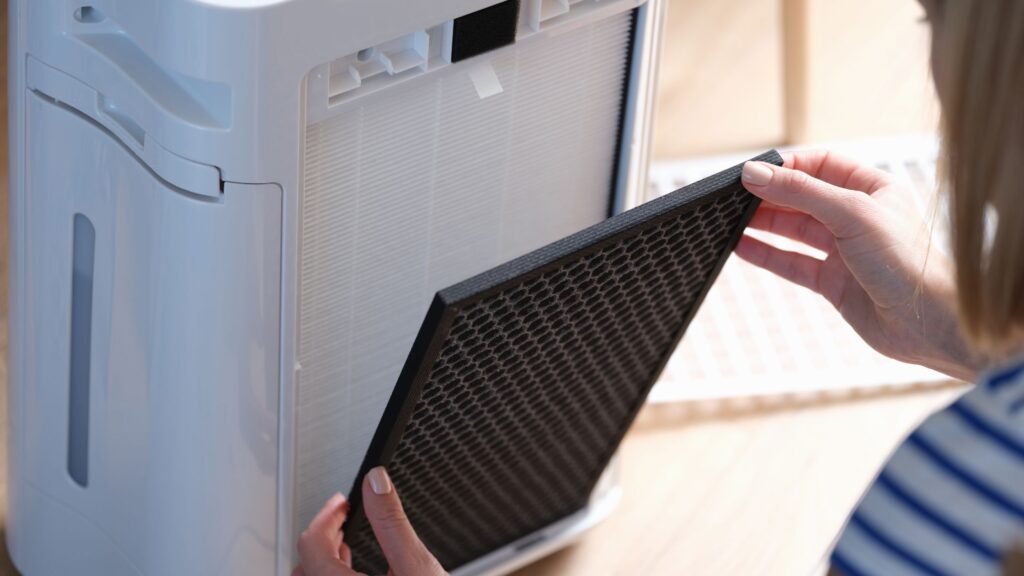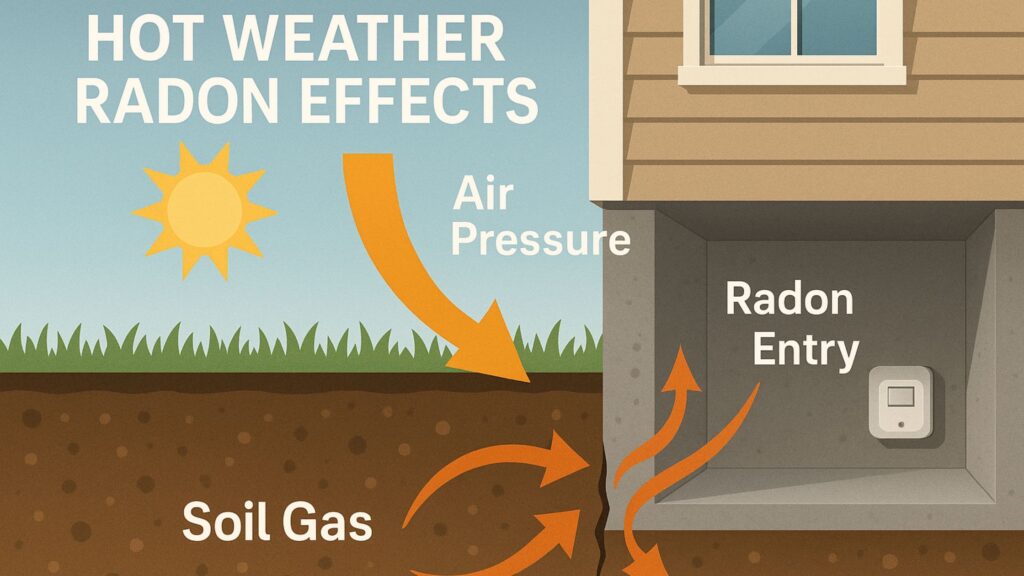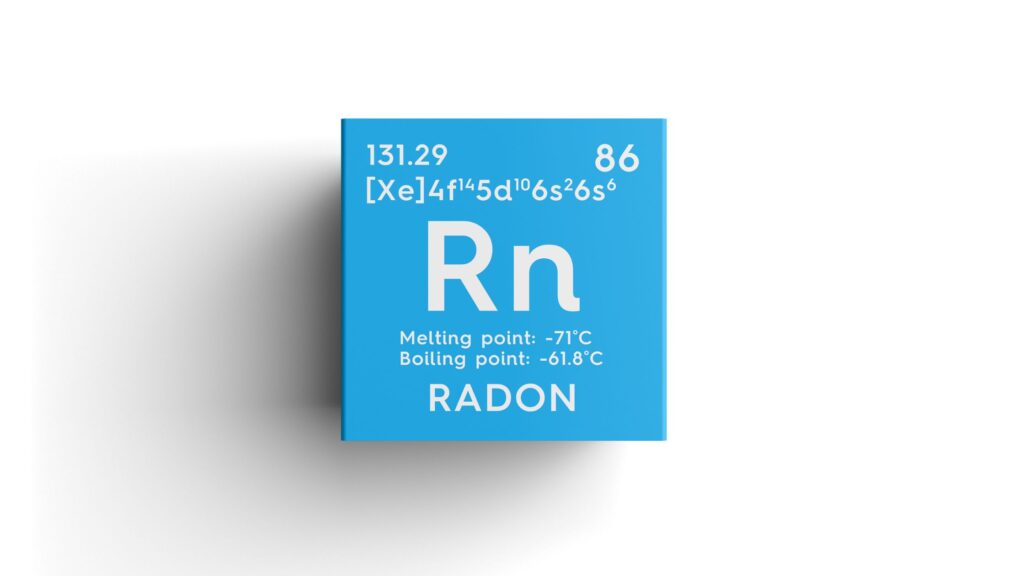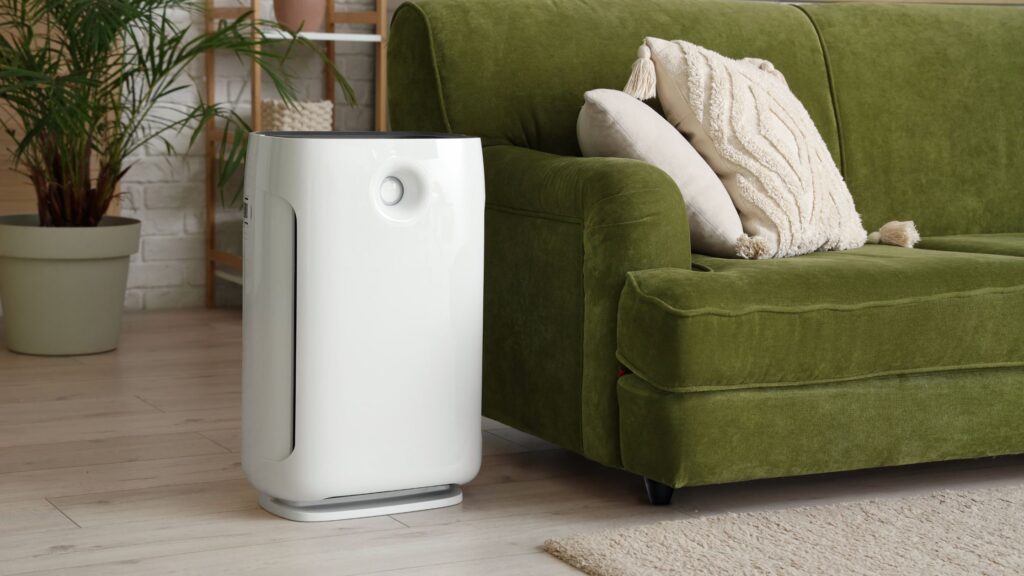Radon gas is a silent intruder that can infiltrate homes and buildings without any visible signs. As a colorless, odorless, and tasteless radioactive gas, it poses serious health risks if left unaddressed. Fortunately, advanced Radon air purification systems offer a reliable solution for improving indoor air quality and safeguarding health. With modern technology and expert installation, these systems can effectively reduce radon levels and create safer environments for families and workplaces alike.
In this article, we will explore what radon is, how air purification systems work, the benefits they provide, and why professional installation is essential for long-term results.
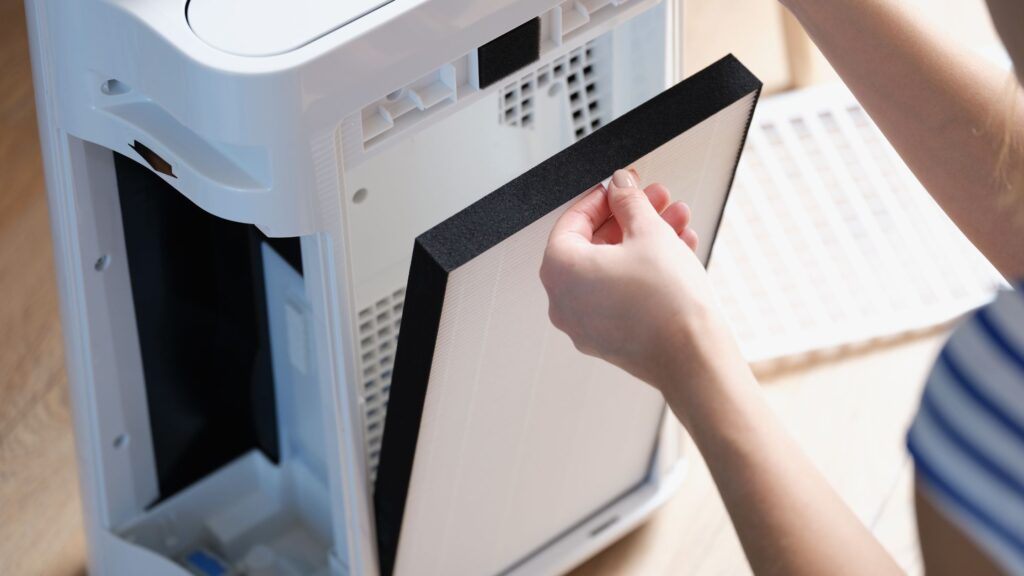
What Is Radon and Why Is It Dangerous?
Radon is a naturally occurring gas formed from the decay of uranium in soil, rock, and water. It can enter buildings through cracks in foundations, walls, or floors, and accumulate to dangerous levels indoors. Long-term radon exposure is the second leading cause of lung cancer in the United States, after smoking.
Unlike visible pollutants, radon requires specialized detection equipment. Seasonal variations, soil conditions, and building structures can influence radon levels, making regular testing critical. This is why installing Radon air purification systems is one of the most effective steps you can take to protect your indoor environment year-round. Learn more about Active Radon Mitigation System.
How Radon Air Purification Systems Work
Modern radon mitigation involves more than just a single device—it’s a comprehensive, multi-stage process. Radon air purification systems use advanced filtration, ventilation, and monitoring technologies to ensure sustained protection for both residential and commercial properties.
Step 1: Radon Detection
A professional assessment measures radon concentration levels in different areas of a property. This step uses specialized radon detectors that identify even slight variations in air quality. The results determine the system design and placement for maximum efficiency.
Step 2: Air Filtration and Treatment
Specialized filters and activated carbon media capture and neutralize airborne radon decay particles. This process significantly reduces radon progeny, which are responsible for most of the health risks. High-grade filtration can also remove additional indoor contaminants, improving overall air freshness.
Step 3: Ventilation and Pressure Control
The system enhances airflow and maintains pressure differentials that prevent radon from seeping inside. Sub-slab depressurization systems are commonly integrated to vent radon safely outdoors. This continuous process ensures that fresh, clean air replaces contaminated air effectively.
Step 4: Continuous Monitoring
Many systems include sensors that track radon levels in real time, alerting homeowners to any changes. This ensures the system remains effective year-round and allows for timely adjustments if levels start to rise again.
Key Benefits of Installing Radon Air Purification Systems
While reducing radon exposure is the primary goal, these systems also provide additional advantages:
- Health Protection – Minimizes the risk of radon-related lung cancer and other respiratory conditions.
- Improved Indoor Air Quality – Removes not only radon but also dust, allergens, and other contaminants.
- Continuous Safety – Works around the clock to maintain safe radon levels, even when the building is unoccupied.
- Peace of Mind – Real-time monitoring keeps you informed of air quality status without manual checks.
- Property Value Enhancement – Homes with radon mitigation systems often have higher resale value and faster market appeal.
- Energy Efficiency – Modern designs minimize energy consumption while maintaining optimal safety levels.
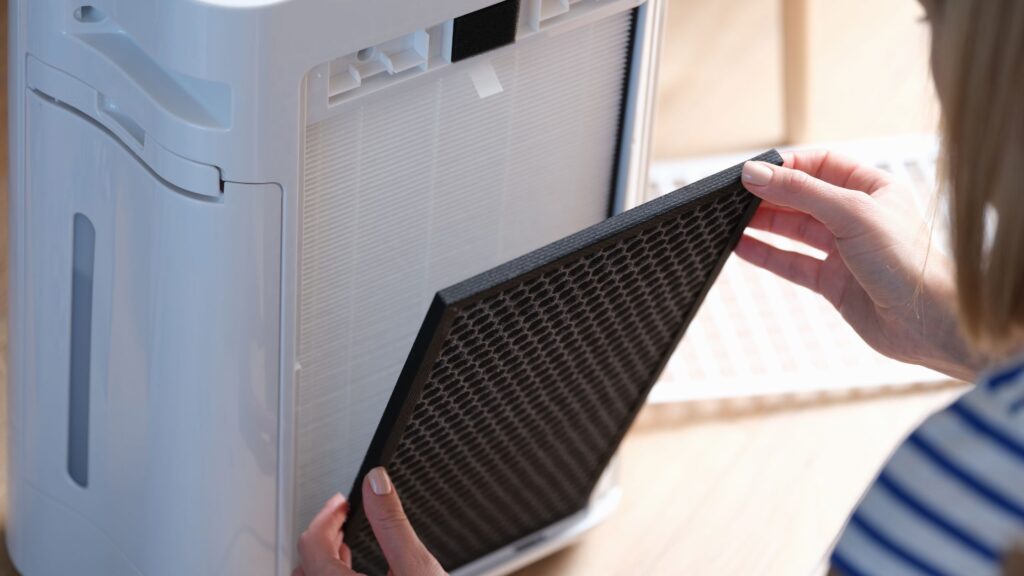
Professional Installation and Maintenance
A) Why Expertise Matters
Installing Radon air purification systems is not a simple DIY project. The process requires accurate testing, system design, and integration with existing ventilation. Professionals ensure that the system addresses your home’s specific radon entry points and complies with environmental safety guidelines. Their expertise also ensures that the system runs at peak efficiency from day one.
B) Maintenance Best Practices
Even the most advanced system needs regular upkeep:
- Inspect filters and replace them according to the manufacturer’s schedule.
- Test radon levels annually to confirm ongoing system effectiveness.
- Keep ventilation pathways clear of dust and blockages.
- Schedule professional servicing to ensure components remain in good condition.
Smart Strategies to Keep Indoor Air Radon-Free
In addition to installing Radon air purification systems, consider these practices for long-term safety:
- Seal Entry Points – Use high-quality caulk or epoxy to seal foundation cracks and gaps.
- Maintain Adequate Ventilation – Open windows when possible to dilute indoor pollutants and radon gas.
- Monitor Regularly – Invest in a reliable radon detector for continuous or periodic checks.
- Control Humidity – Use dehumidifiers to prevent radon from binding to moisture particles in the air.
- Integrate with HVAC Systems – Ensure your home’s heating and cooling systems support optimal airflow for purification.
- Educate Occupants – Awareness helps every member of the household follow safe air practices.
Conclusion
Radon is a serious health hazard that requires proactive management. Installing advanced Radon air purification systems ensures that your home or workplace remains a safe, healthy environment. From detection to continuous monitoring, these systems offer comprehensive protection against this invisible threat, while also enhancing overall air quality and peace of mind.
For expert radon testing, mitigation, and installation services, visit DSM Radon. Their team specializes in delivering tailored solutions that protect your air quality and safeguard your health for the long term.
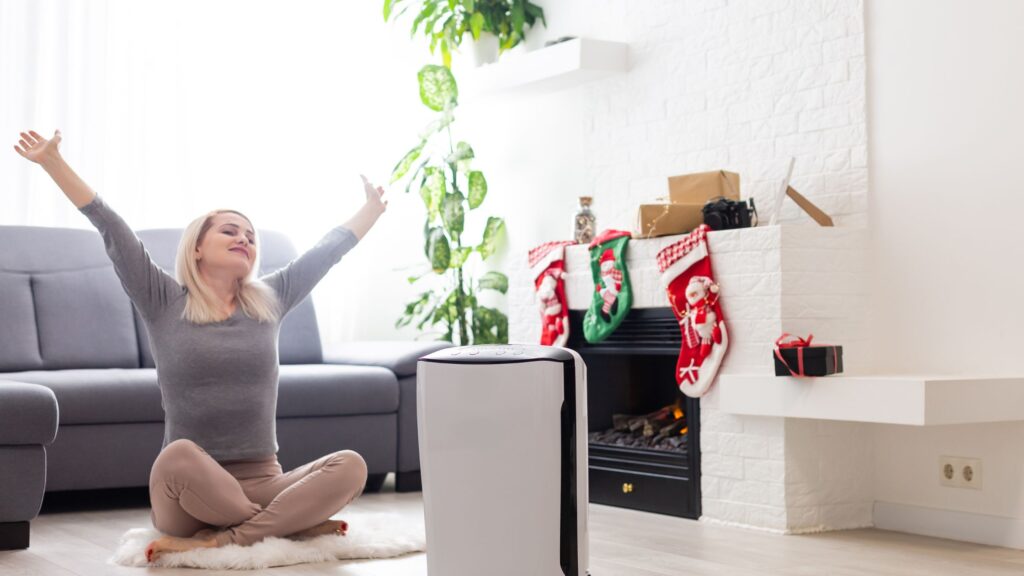
FAQs
1. How long does it take to install a Radon air purification system?
Most installations can be completed in one day, depending on property size and complexity.
2. Do these systems require electricity?
Yes, but energy consumption is minimal compared to the safety benefits provided.
3. Can a standard air purifier remove radon?
No. Radon requires specialized mitigation systems that address both gas and decay particles for complete safety.
4. How often should radon levels be tested?
At least once a year, or after any major structural changes to the building’s foundation or ventilation.

